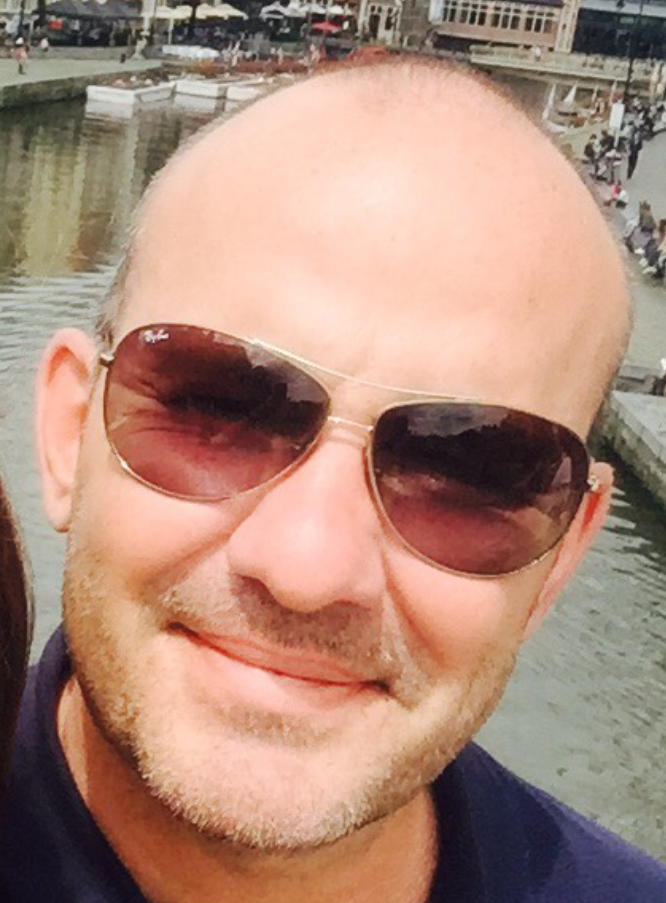Into The Daylight
Problems with UV kept quartz indoors. Is it time to bask in the sunshine?
By K. Schipper
Quartz surfaces may be drawing even with granite and other natural stone in covering kitchens, bathrooms and other interior spaces, there’s still one vast frontier for the material: the great outdoors.
Don’t expect a large exodus of quartz out the back door – or anywhere else outside – anytime soon. While a few companies are making a move to exterior use, most of the major market players are staying inside.
Instead, designers and property owners are obliged to use quarried stone, or making do with other options such as concrete, stainless steel or – more recently – porcelain/sintered slabs.
Although UV-resistant coatings have been offered with one product, and a European-based manufacturer claims to have surfaces that stand up to direct sunlight, it’s more likely that quartz won’t be playing outside for at least the near future.
THE SILENT TREATMENT
Even getting some of the quartz manufacturers to talk about what’s happening with their products in terms of outdoor durability is a major challenge.
At least three companies contacted by Stone Update (Caesarstone, Cambria and DuPont) indicated they have nothing to add to an article, or they generally don’t comment on research and development initiatives or future product planning.
For those who are talking, however, there seems to be a lack of enthusiasm these days for an outdoor-durable quartz product.
That’s certainly the case with Cantoria, Spain-based Cosentino Group, where Valentin Tijeras, product and R&D corporate director, says that company doesn’t see a big market for it.
“Even if the product has improved UV- (ultra-violet) resistance, nobody can guarantee the long-term behavior of the product in high UV-light exposure,” Tijeras says. “There are also some products like Dekton® (Cosentino’s ultra-compact sinterized surface) that are perfectly suited for this kind of application.”
Tijeras adds that while the company continues to improve what he calls “the behavior” of its quartz products to UV exposure and has solutions that would make it comparable to what’s currently being promoted by its competitors as outdoor quartz surfaces, Cosentino sees no potential in launching them at this time.

“Nobody can guarantee the long-term behavior of the product in high UV-light exposure.” Valentin Tijeras Product and R&D Corporate Director Cosentino Group

“Everybody will kick the tires, but no one has really moved forward.” Bill Jeffries R&D Product Leader AOC Aliancys
EASING INTEREST
Those quartz manufacturers still weighing the merits of an outdoor product aren’t the only ones working on coming up with the right formula for success. The companies manufacturing the resin binders are also doing their own R&D.
Improving the binder – the polymer mixture that holds quartz surfaces together – is key in taking the material outdoors. The UV exposure in direct sunlight causes the binder to change from its initial clear properties to a yellowing translucence.
As with quartz manufacturers, some resin makers aren’t willing to talk about their role in this and when and whether they see quartz going into direct sunlight. Others, such as Bill Jeffries, a chemist who’s an R&D product leader with Collierville, Tenn.-based AOC Aliancys, don’t see a major demand for outdoor-ready solutions.
“I haven’t seen any escalation,” Jeffries says. “We originally worked on that in 2006. Everybody will kick the tires, but no one has really moved forward, so I think saying it’s stalled is the way to put it.”
Getting the right chemistry for such a product is a twofold process, Jeffries adds. It requires having both the right resins and the right additives and – as with other projects his company works on – it would have to be driven by the manufacturers.
For instance, one area where AOC Aliancys – a manufacturer of polyester and vinyl ester resins, gel coats, colorants and additives for a variety of industries, including both quartz and solid surfaces -- has seen some interest is from companies trying to come up with a better polymeric binder for recycled-glass products.
“We always have projects ongoing with them, whether it’s for exterior use, or green content or something else,” he says. “It would really require one of the manufacturers aggressively going into the market.”
However, he adds that because coming up with the right answer on outdoor use is so involved, it’s naturally going to make the product more expensive.
“There would also be quite a bit of technology and testing involved,” Jeffries says. “Because there are so many different colors, the manufacturers would have to test each color they would like to take to market.”
The cost is something that Cosentino’s Tijeras cites, as well, for that company’s lack of enthusiasm for an outdoor quartz product.
“In order to have a high – not total – UV protection, the cost would be significantly increased,” he says. “And, there are still limitations in terms of the product and application.”
Even so, Jeffries believes that going forward the focus must be on improving the resin binder rather than working on developing a UV-protective coating.
“There are a couple problems with a coating,” he says. “It would have to be either an in-mold application – sort of a second step to production – or a post-mold application, and it’s very difficult to get a post-coating to adhere to a cured piece of quartz.
“With the resin binder, you have intimately coated every bit of the quartz surface involved through the mixing operation.”
Coatings, however, provided the UV protection for the first quartz surface promoted as outdoor-ready a decade ago. The Select Series from Secunderabad, India-based Quantra Engineered Stone, debuting at the Marmomacc 2009 event, included a special coating applied at the factory to provide UV resistance.
The company’s care guide, however, noted that sharp objects be kept away from the treated surfaces to not damage the coating. It also stressed that coatings needed to be applied by Quantra for the system to work.
“UV protection coat is applied at the factory,” the guide noted. “Don’t try this at home.”
GREEN SOLUTION FOR YELLOWING?
And, then there is Diresco, the Belgian-based quartz manufacturer that believes it has already solved the problem of outdoor quartz.
Scott MacLeod, who heads up Diresco’s U.S. operation, says that company is – to the best of his knowledge – the only one worldwide to be producing a bio-resin formulation and warranting its quartz for outside use.
“This comes after more than two years of research-and-development,” he says. “The real driver behind it is that we saw an increasing demand at the consumer level as the popularity of quartz grew, and more people were looking for the same solutions to take outside.”
The key to the company’s success, MacLeod explains, is reinventing its quartz formulation to remove the polyester resins and replacing them with a plant-based bio-resin to create the properties that would allow the quartz to be used outdoors.
“Polymer degradation within the binder has always been the concern for quartz going outside,” says MacLeod. “Our new formulation and removal of polyester changes the game.”
MacLeod says one of the challenges with bringing the quartz to market wasn’t just finding a supplier who would have the bio-resin consistently available, but who also would produce and refine it to the criteria needed using the new formulation.
To back up its claims, the company also commissioned the global testing company Intertek Group plc, which spent more than a year testing and auditing the manufacturer’s processes. Intertek has certified Diresco’s advancements using the bio-resin formulation, including its UV-stability.
Other things are helping to drive the product, as well. One is a partnership Diresco has with an international company that’s very excited about using the same material indoors in extremely sunny areas, as well as outdoors for its retail locations. Another is a commitment from designer Holly Hunt for a collection of outdoor furniture.
Then, there’s also the matter of the potential for extra LEED® (Leadership in Energy and Environmental Design) points.
“We already obtain the typical LEED points for quartz due to a lack of VOCs (volatile organic compounds),” MacLeod says. “We’re getting tested now to see what additional LEED points we quality for because of the use of the renewable and sustainable raw materials within our mix. We hope to have that finalized by the third quarter of this year.”
Still, while Diresco has up to 60% of the quartz market in some European countries and its quartz was awarded “Best Innovative Material” at this year’s Kitchen and Bath Industry Show (KBIS), the company has yet to make a splash in the United States. However, MacLeod sees 2019 as a coming-out party for Diresco in this country.
“We see the U.S. market as an untapped opportunity,” he says. “We’ve seen a significant increase in sales and brand awareness over the last two years, and we believe this new technology is a real differentiator for us.”
Nor is the company concerned about the competition porcelain and sintered materials offer outdoors.
“We’re really two different materials,” MacLeod observes. “From a price-point we’re going to be very competitive, but our biggest advantage is at the fabrication level. Some fabricators are frustrated working with the sintered materials, while our material is going to cut like quartz, because it is quartz.”
If anything, he says Diresco should give those porcelain and sintered materials a run for their money.
“We’re producing product in 1.2cm, 2cm and 3cm thicknesses,” he concludes. “The 1.2cm is opening up the possibilities for exterior cladding applications, but we’re also seeing a demand for other non-traditional quartz applications, such as patio pavers.
“The market is really starting to open up with this bio-UV technology.”

“Our new formulation and removal of polyester changes the game.” Scott MacLeod Diresco USA